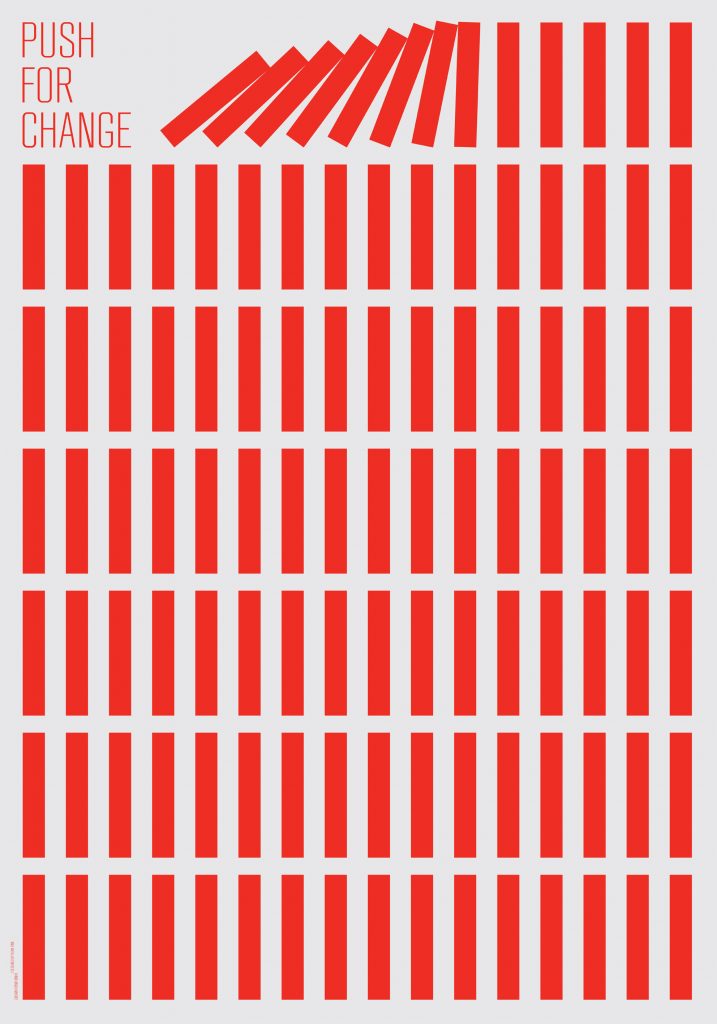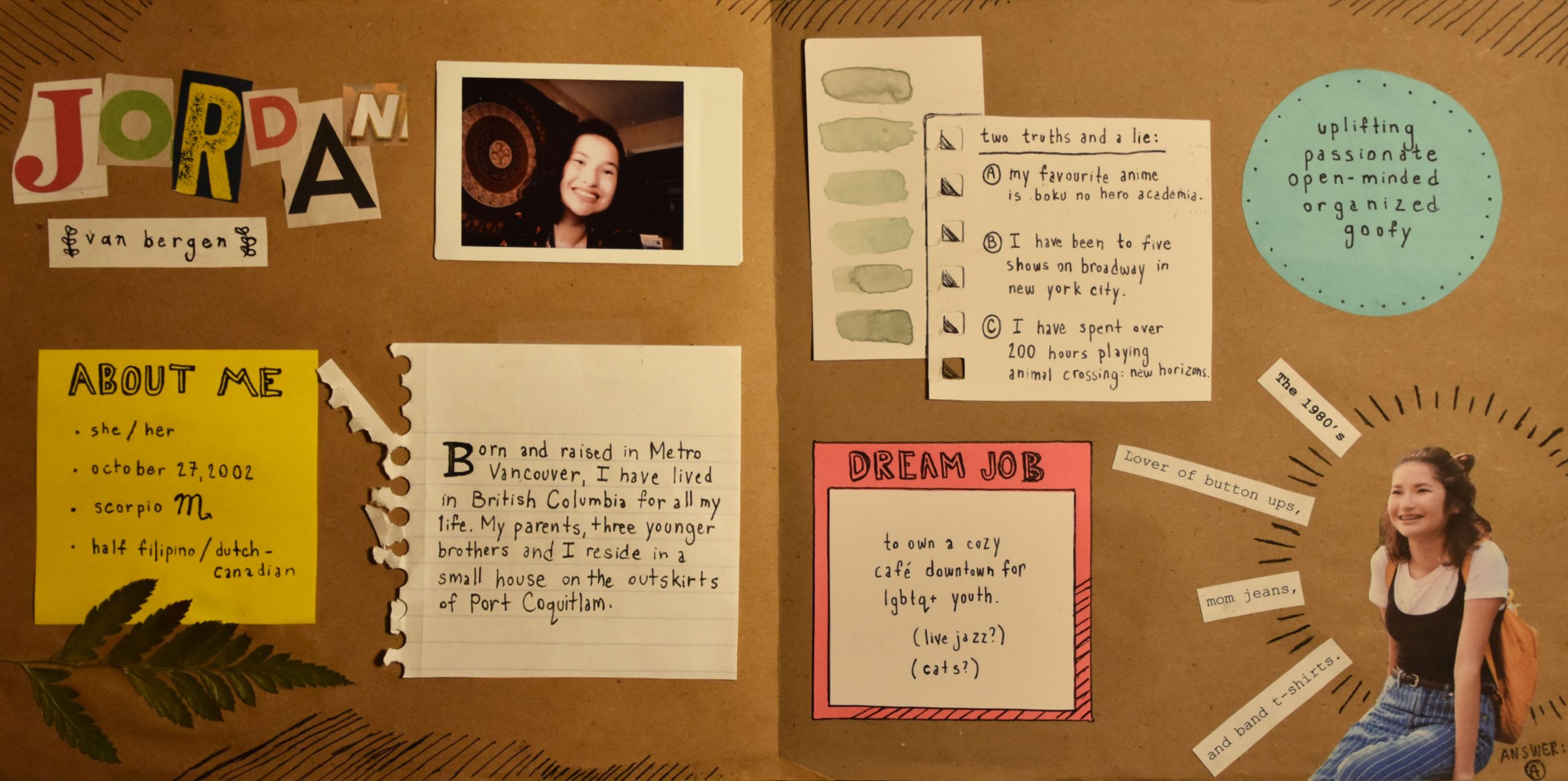Function, Not Fashion
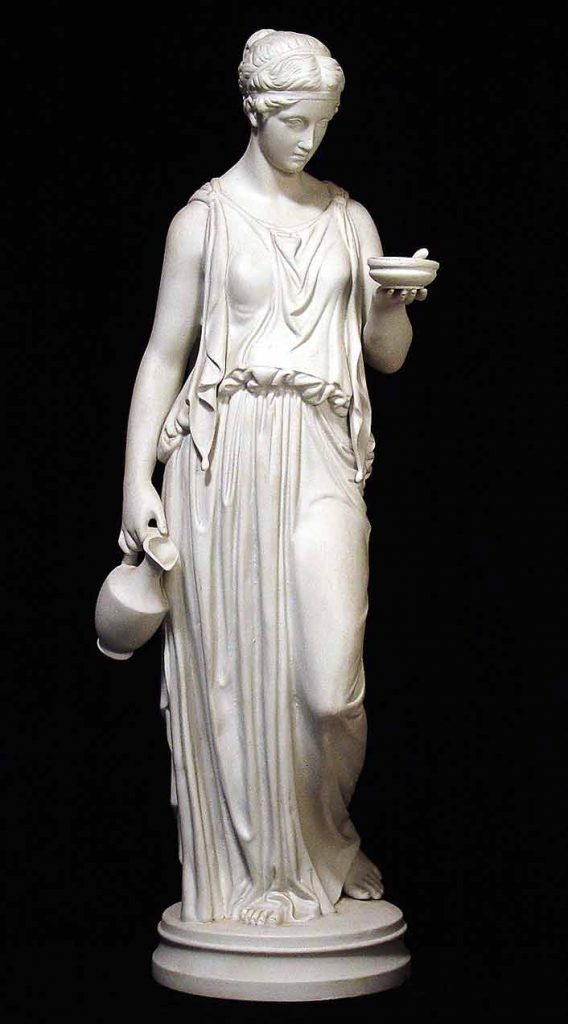
In general, ancient Greece has been known to dwell on the functionality and simplicity of a given concept, rather than any minor intricacies. For example, things like ancient Greek architecture were fairly simple, but that didn’t make great structures (like the Parthenon) any less magnificent. This is especially evident when it comes to ancient Greek fashion and the style of clothing that was worn at the time.
The Greeks wore simple, light garments, as most of the year brought tremendously hot weather, especially during the summer. Typically, Greek clothing consisted of a single piece of rectangular linen that was pinned and fastened around the body, commonly known as the chiton. Since men were outdoors more often and required comfier clothing, they wore the chiton down to their knees. On the other hand, women either wore the chiton or a tunic called a peplos (Greek for “peplum”) at full length, which was made out of slightly heavier wool material. When working or exercising, a type of chiton garment called an exomie was worn and draped over only one shoulder. During the winter, however, ancient Greeks wore a woollen cloak called a himation over top of their usual garments.
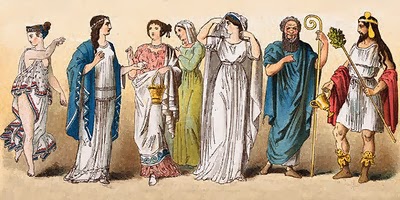
Most ancient Greek people could go a lifetime walking barefoot without any sort of footwear, as shoes and sandals were not very common. Sometimes, sandals or boots were worn if needed for things like special occasions. During the summer, Greek men wore wide-brimmed hats called petasos to protect themselves from the hot sun. Women also wore hats with crowns on occasion.
The Greek “Alpha-Bet(a)”
The ancient Greek writing system is one of the first classical alphabets to exist, therefore making it the basis and foundation for the Western script that is used today. As the Greek alphabet used letters to spell out words, no ideograms or pictographs were considered necessary. In around 800 BCE, the Greeks developed certain characters from the Phoenician system into their own alphabet.
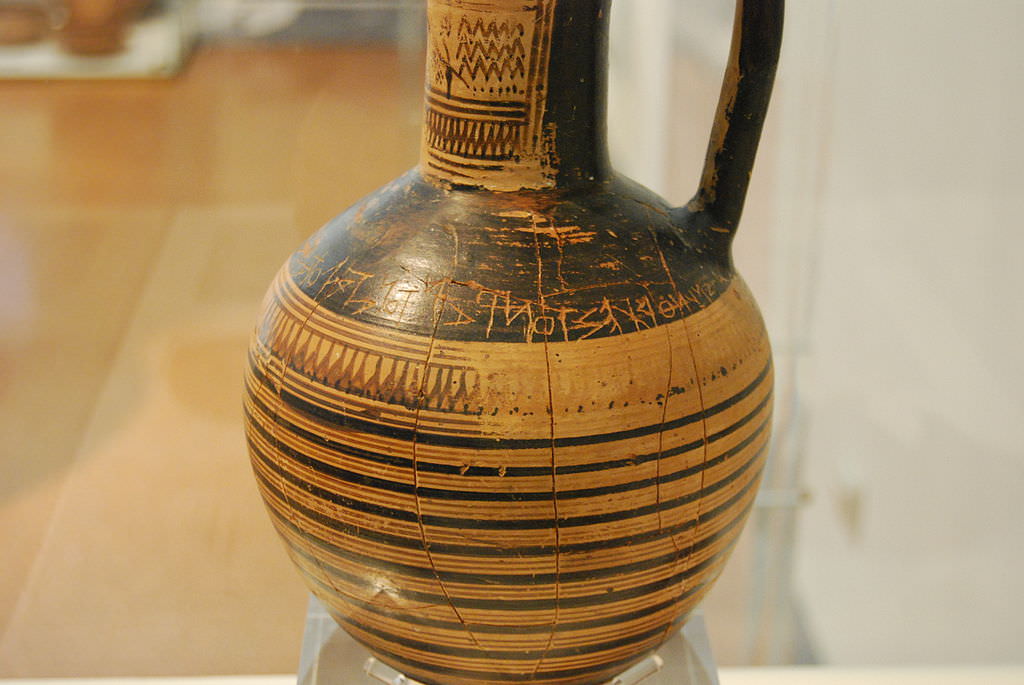
The Greek alphabet was the first script to use both vowels and consonants. This is because the Phoenician system used predominantly consonant sounds, making some of their alphabet symbols represent only consonants. Greece took these consonant symbols and turned them into what we now know as the vowels a, e, i, o, and u. The writing style in ancient Greece, however, went through various changes throughout this period. The earliest Greek alphabet was written from right to left, with the letters facing the left direction (which seems backwards to us). As time went on, Greeks wrote in a bidirectional manner, meaning that each line of text alternated between right-facing and left-facing. Finally, after 500 BCE, they settled on writing from left to right.
Bibliography
Ancient Greek Clothing
writer873 – https://www.ancient.eu/article/20/ancient-greek-clothing/
Ancient Greek Clothing – What Did the Ancient Greeks Wear?
http://www.historyofclothing.com/clothing-history/ancient-greek-clothing/
Greek Alphabet
The Editors of Encyclopaedia Britannica –https://www.britannica.com/topic/Greek-alphabet
Greek Alphabet
Cristian Violatti – https://www.ancient.eu/Greek_Alphabet/
